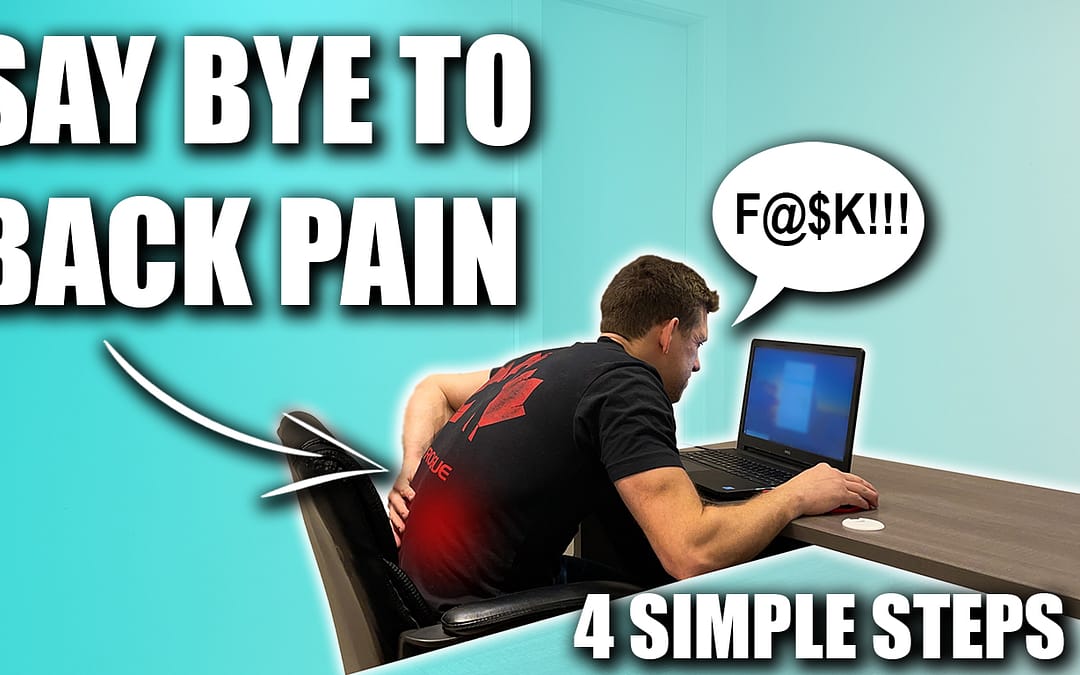Whether acute or chronic, back pain can be debilitating and make daily tasks difficult to do. A vast number of things can cause back pain, but today we will focus on general back pain problems. And the best part is – no equipment needed!
The information contained in this video is not exhaustive; however, it serves as a good starting point to target the most common problem areas. It does not address things like fractures, disc degeneration, herniation, compression, stenosis, or osteoarthritis. Be sure to consult with your physician if you are experiencing any of these or having severe back pain.
General back pain may be a result of a variety of factors. Including immobility and dysfunctional joints, tight muscles, weak muscles, or overworked muscles. Today, we will cover a few of the most common problem areas that lead to back pain and poor posture usually related to sedentary postures like desk work. Given that we are living in a Global pandemic, resulting in a lot of people working from home, there is no shortage of people who are experiencing back pain from sitting for long periods of time.
So why is sitting so bad for your back? When you are seated, your legs are flexed at the hip and knee joints which means your hamstrings and hip flexors are passively contracted (shortened). Conversely, muscles like your glutes and quads are elongated. If your upper-body is hunched over, and your shoulders rounded (everyone), then your spine is also flexed causing elongation of the musculature of the back, and passive contraction of your chest. As a result, the contracted muscles get tight, the elongated muscles get weak, and the joints they attach to become immobile and stiff which equals BACK PAIN! To alleviate this back pain, we need to do 4 things:
1. Release what is tight or restricted: thoracic spine area, hip flexors (psoas), and pecs
2. Move what is immobile: thoracic spine, hips, and shoulders
3. Strengthen what is weak: glutes, transverse abdominus, spinal erectors, mid/lower trapezius
4. And stretch what is overworked: hip flexors, hamstrings, and pecs
To release the tight or restricted areas, we can use tools like the foam roller, mobility peanut, thera cane, lacrosse ball, or a massage gun to stimulate the area, increase blood flow and help to release the muscles and fascia. To improve mobility, we need to take the affected muscles and joints through their respective range of motion to help your body move more freely. Next, we need to focus on strengthening the affected muscles through slow and controlled movements, then gradually adding external stimulus (resistance) to overload the muscles. Lastly, the muscles that are overworked or tight need to be stretched in a static posture and held for 45-90 seconds to help restore their end range of motion.


Recent Comments